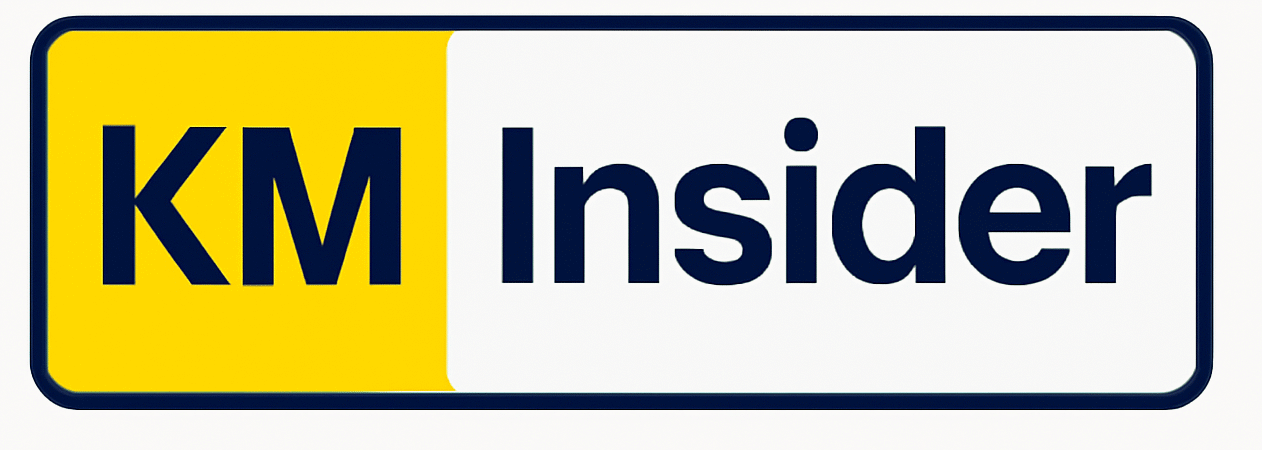In the ever-evolving work environment, knowledge is one of the most valuable assets a company can possess. However, managing and sharing that knowledge effectively across departments, teams, and individuals can be a significant challenge without the right tools. This is where a staff intranet becomes essential.

What is a Staff Intranet?
A staff intranet is a private, internal platform that allows employees to connect, share information, collaborate on projects, and access critical resources within an organization. It’s a centralized hub for all internal communications, documents, knowledge bases, and tools. When designed and utilized properly, a staff intranet can become the backbone of knowledge sharing, streamlining collaboration and making it easier for teams to stay aligned with organizational goals.
In this article, we’ll explore how a staff intranet can significantly boost knowledge sharing, improve productivity, and ultimately enhance your organization’s ability to manage its most valuable resource—its knowledge.
Read: Intranet Explained: Key Benefits, Features, and Company Use Cases
1. Centralized Knowledge Repository
One of the key features of an intranet is its ability to serve as a centralized knowledge repository. Instead of having scattered documents, emails, and files stored across different systems or platforms, a staff intranet consolidates all company knowledge into one accessible location.
- Easier Access to Information: Employees can quickly find documents, manuals, reports, best practices, and other important resources without sifting through emails or multiple systems.
- Version Control: A well-organized intranet ensures that the most current version of each document is available, eliminating confusion or outdated information.
This centralization reduces time spent searching for information and encourages employees to share knowledge in a single space, making it easier for everyone to stay informed.
2. Collaboration and Communication Tools
An intranet is more than just a place for storing information. It’s also a platform for collaboration and communication. Features like discussion boards, forums, and instant messaging allow employees to exchange ideas and solve problems collectively.
- Real-Time Communication: Employees can use chat tools or forums to ask questions, offer solutions, or discuss challenges in real time. This ensures knowledge is shared immediately, without unnecessary delays.
- Collaborative Documents: Many intranet platforms allow for the creation of shared documents, spreadsheets, or project management boards where teams can contribute, edit, and comment on the same content, fostering a collaborative environment.
These collaborative features create a culture of knowledge sharing by encouraging open dialogue and interaction among employees, regardless of their department or location.
3. Personalization and Relevant Knowledge
Not all employees need the same information. This is where personalization features of a modern intranet come in. By tracking an employee’s role, interests, and previous interactions with the platform, an intranet can surface relevant knowledge that is specific to their needs.
- Custom Dashboards: Personalized dashboards can display company news, documents, and updates that are most relevant to the individual employee, making it easier to access the information they need.
- Tailored Content: Advanced intranet systems can recommend content based on an employee’s role, preferences, and past activities, helping them stay on top of information relevant to their work.
This personalized approach ensures that employees are more likely to engage with the knowledge shared on the intranet, as the content is both targeted and valuable.
4. Knowledge Sharing via Social Features
Modern intranets integrate social collaboration tools that encourage employees to share their expertise in a more informal and interactive manner. These social tools include blogs, wikis, polls, and even employee-generated content platforms.
- Employee Blogs and Wikis: Employees can contribute their knowledge and experiences in the form of blogs or wiki entries, which can be accessed and edited by others. This promotes the democratization of knowledge across the organization.
- Feedback and Recognition: Social features allow for feedback, ratings, and recognition of employees who share valuable knowledge, motivating others to contribute and engage with the platform.
By integrating social elements into the intranet, knowledge sharing becomes a more dynamic and participatory activity rather than a top-down process.
5. Knowledge Retention and Onboarding
As employees leave or move to different roles, it’s important to ensure that their knowledge doesn’t leave with them. A staff intranet helps with knowledge retention by archiving important insights, processes, and documents that can be accessed by future employees.
- Onboarding New Employees: Intranet platforms provide a space for onboarding new hires by offering training materials, employee handbooks, and other resources they need to understand their roles and the company’s internal processes.
- Knowledge Transfer: For employees who are transitioning to new roles, the intranet ensures that key insights and documentation are readily available for their successors, facilitating smoother knowledge transfer.
In this way, a staff intranet helps preserve institutional knowledge and ensures that critical information is passed along when needed.
6. Search Functionality and AI-Powered Insights
One of the most powerful features of modern intranets is their search functionality, which allows employees to quickly locate documents, discussions, or experts within the organization. Many intranets now use AI-powered search to enhance the relevance and accuracy of search results.
- Contextual Search: AI algorithms understand the context of an employee’s query and return results that are most relevant to their current task or project.
- Knowledge Recommendations: Some intranets use machine learning to recommend documents, experts, or discussion threads based on an employee’s past behavior or queries, further facilitating knowledge sharing.
With a strong search feature, knowledge is more accessible, making it easier for employees to find the information they need without wasting time.
7. Mobile Access for Remote Teams
In the modern workforce, employees are no longer confined to desks in an office. With mobile-optimized intranets, employees can access knowledge anytime, anywhere.
- Remote Access: Whether employees are working from home, in the field, or on business trips, a mobile intranet ensures they have access to the resources and knowledge they need.
- Real-Time Updates: Employees can stay updated with the latest company news, announcements, and knowledge updates directly from their phones, helping remote workers feel connected to the organization.
Mobile access to an intranet ensures that knowledge sharing is continuous, no matter where employees are located.
Conclusion: A Staff Intranet as the Heart of Knowledge Sharing
A staff intranet is much more than a simple communication tool or document storage system. It’s an integral part of an organization’s knowledge management strategy, driving collaboration, accessibility, and efficiency.
By centralizing knowledge, fostering collaboration, enabling easy access to information, and supporting remote work, a staff intranet becomes the cornerstone of knowledge sharing within a company.
Whether you’re looking to streamline onboarding, encourage cross-team collaboration, or enhance your knowledge retention, a well-designed staff intranet can help you achieve these goals and more.
